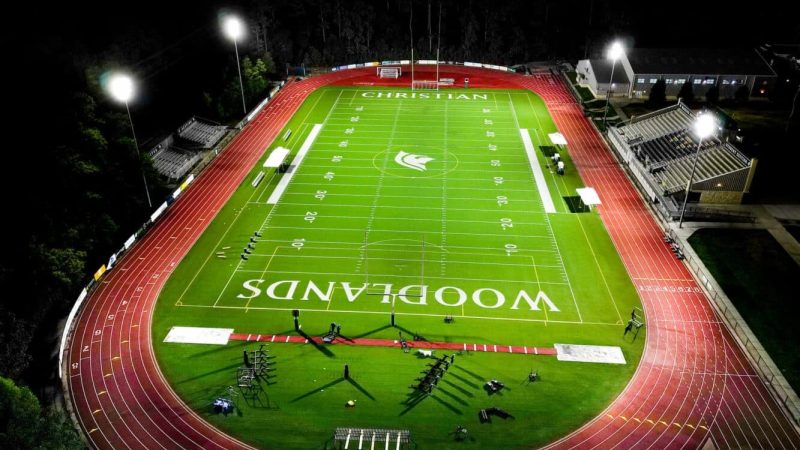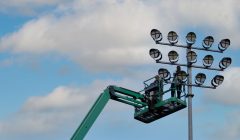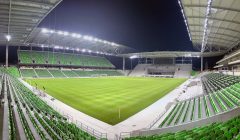The role of lighting in the world of sports is vital. Whether it’s a community field or a professional stadium, the quality of lighting has an impact on the overall experience of both players and spectators. Consequently, poorly illuminated stadiums can result in decreased player performance, risks of injuries and a less enjoyable time for fans.
When selecting the lights for stadiums, numerous factors need to be taken into consideration. These factors include the specific sport being played and the level of broadcasting required. With advancements in technology, LED stadium lights have become immensely popular due to their advantages. Not only are they highly energy-efficient and cost-effective, but they also have exceptional durability. Moreover, they illuminate the playing field with a brilliance that captivates both athletes and spectators alike.
Table of Contents
ToggleImportance of Choosing the Right Stadium Lights
Lighting in stadiums is about more than just being able to see what’s going on. It really enhances the whole experience for players and fans. Having enough light means the players can play their best and avoid mistakes or getting hurt. It also makes the games more fun to watch.
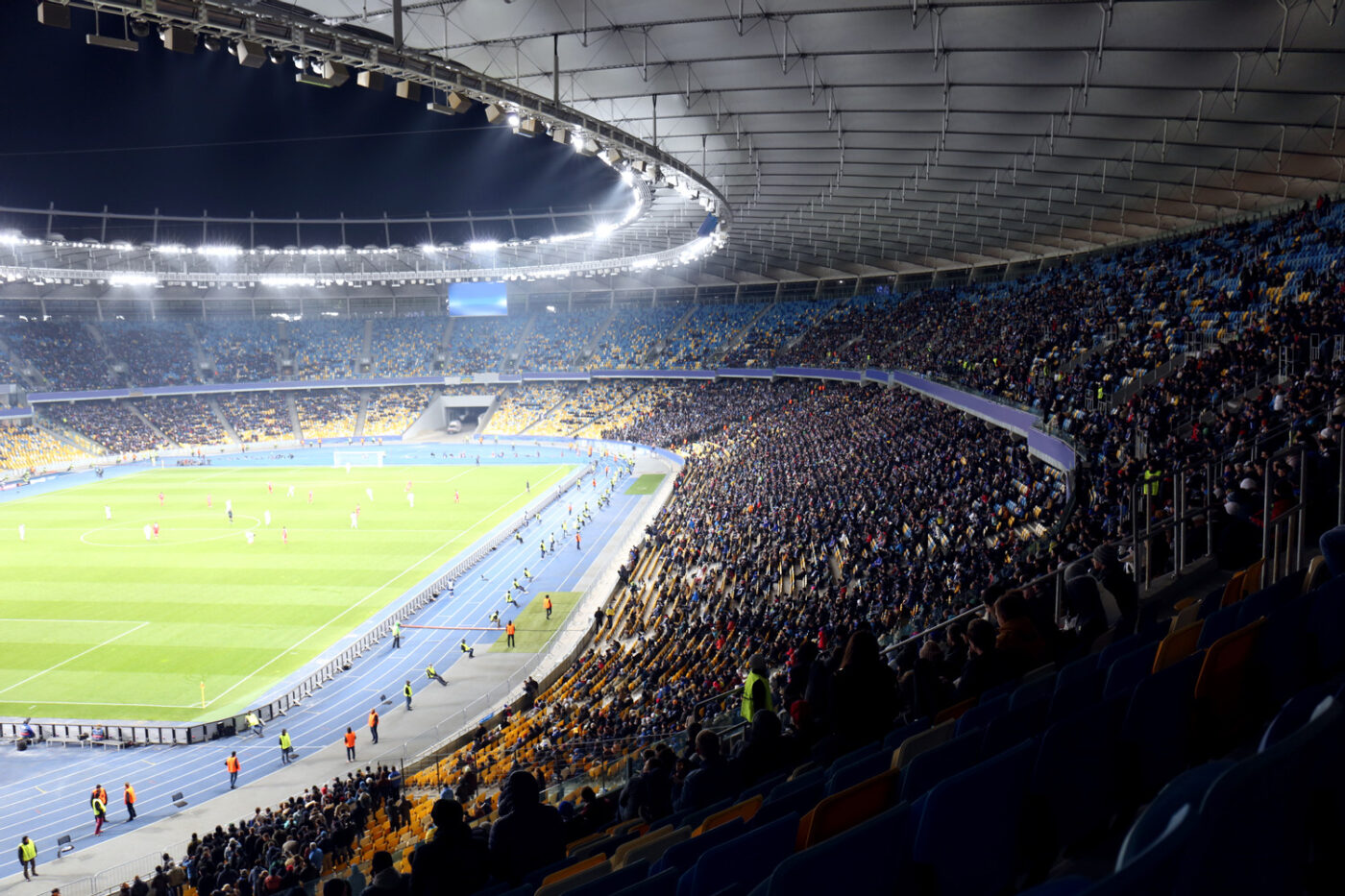
Good stadium lights let the games keep going no matter what time it is or what the weather’s like outside. This is important for helping the players stay focused and play their best. It also makes it way better for the fans watching when the game doesn’t get interrupted.
Factors to Consider
When picking out lighting for your stadium, there are a number of factors to consider.
- Brightness: How bright do you need them to be? You have to make sure people can actually see what’s happening in the field.
- Energy Efficiency: Another crucial aspect to consider is the energy efficiency of the lights. Some bulbs consume a lot of electricity, so it’s essential to find ones that won’t cause an increase in your power bill. Saving money wherever possible is always beneficial.
- Lifespan: Go for lights with a long lifespan.
- Weather Resistance: You should make sure that you go for lights that can handle the weather. Rain, snow, wind – they need to be able to deal with it all. The last thing you need is lights shorting out in the middle of a big game.
Learn more: LED lighting can help you save on energy bills.
Benefits of LED Stadium Lights
LED stadium lights are gaining popularity in stadiums for reasons.
- Energy Efficiency: LED lights are highly efficient in terms of energy consumption compared to alternatives such as metal halide lights.
- Long Lifespan: LED lights can last up to 50,000 hours, meaning they require replacements over a period of time.
- Improved Light Quality: LED lights provide quality, brighter and more consistent illumination, enhancing visibility for both players and spectators.
- Eco-Friendly: Choosing LED stadium lights combines energy efficiency, longevity, environmental friendliness and improved lighting performance.
Learn more about our LED Sports Lighting.
Factors to Consider When Choosing Stadium Lights
Picking the right stadium lights is a big choice that needs the care and consideration of different factors. Your decision will have a long time implications and change the quality of games, how safe the players are, and how much the fans can enjoy themselves. It is not just about getting the most lights you can fit; you have to find lights that work for exactly what your stadium needs and the events you have there.
- Lighting Level: The lighting has to be bright enough for each sport – like soccer needs super bright lights all over to make the field easy to see for the players and spectators.
- Even Light Distribution: Getting the light spread out evenly is key to reducing shadows so every part of the field is illuminated. This can help the players perform well and make it better for the fans watching, too.
- Glare Reduction: Designing it right to avoid glare is critical because glare can affect how well the players perform and make it less fun to watch.
Overall, it’s important to take time to choose lights that are just right for your stadium needs. The lights you get will impact games and fans for a long time to come.
Different Types of Stadium Lights
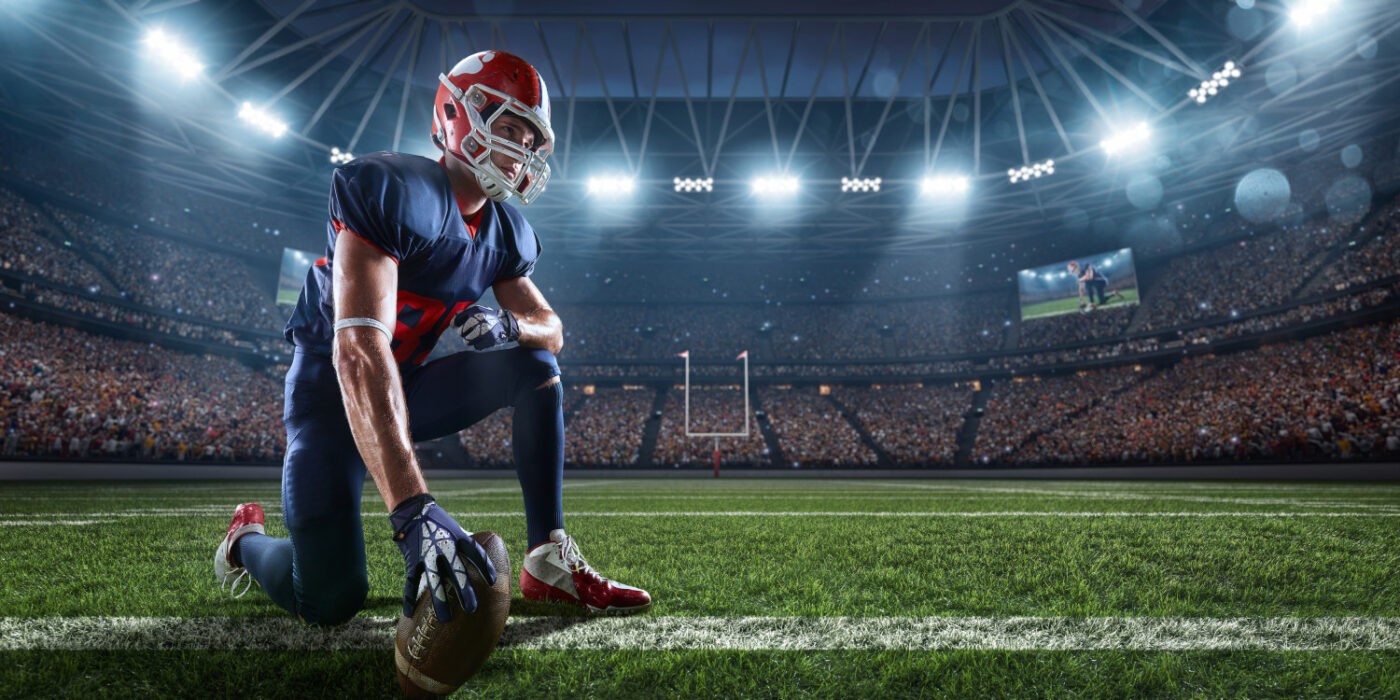
When it comes to lighting up a stadium, the choice of lighting can greatly impact the experience for both athletes and spectators. Various lighting technologies offer different advantages. Having a good understanding of these options can help you make an informed decision.
- LED Lights: LED lights are widely recognized for their energy efficiency and long lifespan. They have become increasingly popular in stadiums due to their ability to maintain brightness over time better than other types of lights.
- Metal Halide Lights: For years, Metal Halide lights have been a choice for sports lighting. They are favored for their high-intensity illumination, making them suitable for stadiums. However, due to advancements in LED technology, Metal Halide lights are gradually being phased out.
- High-Pressure Sodium Lights: Another older technology commonly used in stadium lighting is High-Pressure Sodium lights. These lights emit colored light, which can be preferred for sports where softer illumination is desired.
- Induction Lights: Although less commonly used, induction lights are known for their extended lifespan. These lights use electromagnetic fields to excite gases inside the lamp and produce light. Typically, LED lights are more energy efficient than Metal Halide but not as much as LEDs.
- Fluorescent Lights: Fluorescent lights are not commonly used in stadiums anymore, although they can still be found in some installations. They are not as energy efficient and have a shorter lifespan compared to LEDs.
Why LED is the Best Choice
When considering factors such as long-term benefits like energy efficiency, lifespan and light quality, LED stadium lights emerge as the choice for sports lighting requirements.
LED Stadium Light Maintenance Tips
LED stadium lights need some care and upkeep to keep them working for long and at optimal performance. Here’s how you can maintain your stadium LED lights:
- Professional installation: Hiring professionals to install stadium lights is the right thing to do. They know how to set it up to make the light as bright and energy-saving as possible.
- Regular Inspection and Cleaning: It is important to schedule routine maintenance and checks on LED stadium lights. This will help in catching little problems before they turn into big problems. Dirt and gunk can build up over time if you don’t clean your LED lights. And the grime can make your lighting dimmer and dimmer over time.
- Choose a Reputable Manufacturer: When you’re buying stadium lights, go with ones from a company you trust, like National LED. This way, you know you’re getting good quality that will last.
Key Takeaway: The choice of stadium lighting has a profound impact on both the players’ performance and the spectators’ experience. LED stadium lights stand out as the most energy-efficient, durable, and cost-effective option, making them the ideal choice for any sports venue.
Conclusion
It is important to make the right choice when choosing stadium lights for any sports event. LED stadium lights have several advantages, such as being energy efficient and durable. It is always recommended to collaborate with trusted suppliers to ensure high-quality lights and proper installation.
